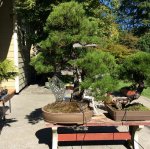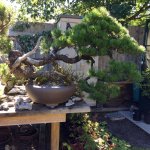I'm thinking about trying out a pine and since lodgepole grow like weeds here, they seem a reasonable species to learn on. Any opinion on these? I've tried looking for info but most sites cover Japanese pines or mugo.
Are they a single or double flush species and can they only be collected in the spring?
Are they a single or double flush species and can they only be collected in the spring?






